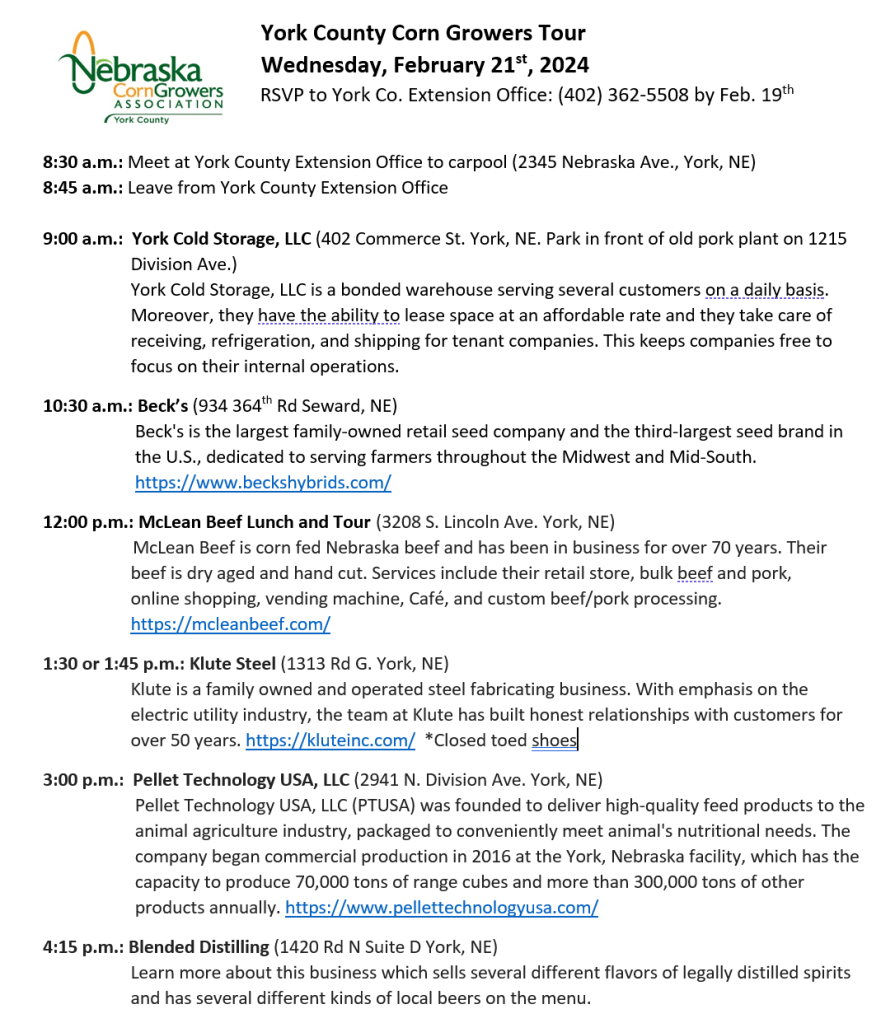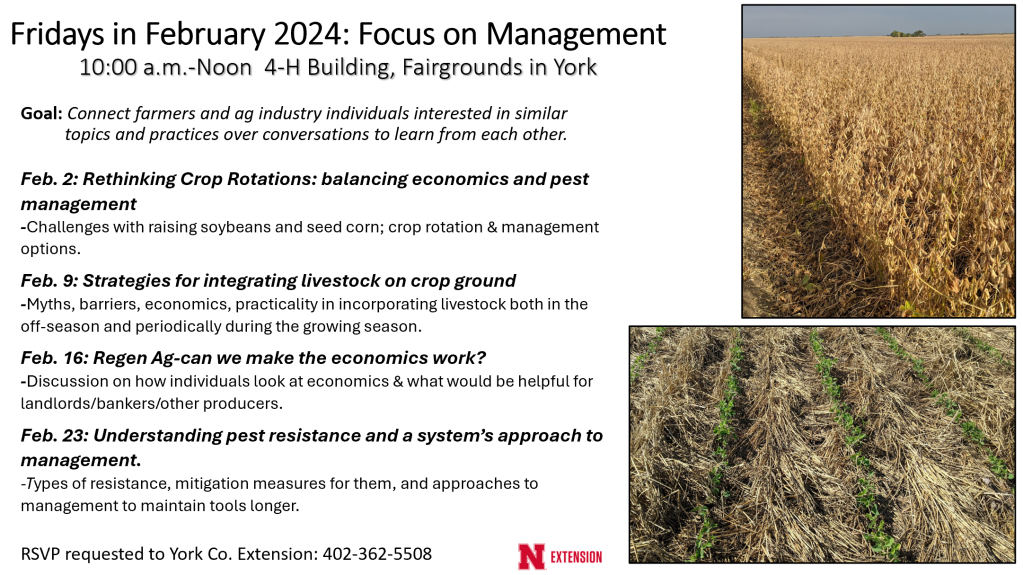2024 Farm Bill Decisions
Perhaps this year’s farm bill election decision takes more thought than in the past. Part of this is because the reference price for PLC (Price Loss Coverage) and ARC-CO (Agriculture Risk Coverage) finally increased (due to a couple of higher marketing year average prices with only the highest year being thrown out for the Olympic average). Thus, the trigger potential increases. Most of the decisions could really go either way depending on what happens and how you wish to manage risk. ARC-CO will often trigger faster with a higher price and lower yields, but the maximum payment caps out faster. PLC, when triggered, provides greater payments faster. There’s also the potential of using Supplemental Coverage Option (SCO) via crop insurance with PLC, which was very attractive for some producers in non-irrigated situations hit by drought last year. It could be worth your time to read this article from K-State on SCO and ECO (Enhanced Coverage Option): https://agmanager.info/crop-insurance/crop-insurance-papers-and-information/supplemental-coverage-option-sco-and-enhanced if you’re not familiar with these options. Sign up deadline with FSA for farm bill decisions and with Crop insurance for those decisions are both March 15.
PLC effective reference prices for 2024 are:
Corn: $4.01; Beans: $9.26; Wheat: $5.50 (stayed the same); Grain Sorghum: $4.06
ARC-CO effective references prices for 2024 are:
Corn: $4.17; Beans: $9.56; Wheat: $5.34; Grain Sorghum: $4.31
Projected Prices for 2024 based on projections from FAPRI as of August 2023:
Corn: $4.47; Beans: $10.94; Wheat: $6.38; Grain Sorghum: $4.31
So, at first glance, comparing the prices for each commodity, ARC-CO triggers first for all crops except for wheat when county average yields are maintained. In fact, for those with milo base acres, ARC-CO would already trigger with current projected price and the ARC-CO effective reference price of $4.31.
If you want to protect yield variation, ARC provides protection sooner than PLC. If you want protection for lower prices, PLC provides larger payments once it triggers.
It also depends on crop insurance. For example, if you choose 75% revenue protection and want to add SCO on top up to 86%, then you need to take PLC as SCO is not available with ARC.
Another thought that I’ve often brought up, although it’s not feasible for everyone, is to consider splitting your risk. Corn, to me, is the harder decision here that could go either way. If you have a field or two with higher PLC proven yields, then perhaps consider a few farms in PLC and a few others in ARC-CO to split your risk and provide some protection to you whether either program triggers. It also helps split risk regarding payment caps should they be hit. Some helpful resources are included below:
K-State Ag Manager Excel Spreadsheet Tool (download and run for your specific county/crop info.): https://agmanager.info/ag-policy/2018-farm-bill/tradeoff-between-20242025-arc-and-plc
Understanding PLC, ARC, SCO, ECO for 2024 (videos and ppt presentations): https://agmanager.info/news/recent-videos/managing-risk-arc-plc-and-sco-webinar-slides-and-recording
2023 ARC-Co Payments Nationally (shows 2023 payments): https://agmanager.info/ag-policy/2023-county-yields-trigger-arc-co-payments/2023-county-yields-trigger-arc-co-payments-0
Upcoming Events: Friday (16th) conversation on economics of RegenAg from 10-noon at 4-H Bldg in York. RegenAg Conf. Feb. 28th at Concordia College in Seward (RSVP to 402-362-6601). On-Farm Research Update in York at Holthus Convention Center Feb. 27th (RSVP: https://go.unl.edu/bhdw). Also, York County Corn Growers is having our tour on Feb. 21st (RSVP to 402-362-5508 if interested).












Posted on February 11, 2024, in Farm Bill, JenREES Columns and tagged arc vs plc, farm bill, farm bill 2024. Bookmark the permalink. Leave a comment.

Leave a comment
Comments 0